Weeds can be a bit easy to spot in your lawn. They are more obvious eyesores. They are leggy and tall and a different green color compared to your lawn.
But lawn diseases are a whole different story.
The right conditions can bring them out without warning. And most of the diseases out there resemble some sort of blotchy, patchy, or irregularly shaped brown spots in your lawn. For all you know, those marks could be from drought or where your dog likes to hang out and mark his territory.
Yep, lawn diseases can be difficult to spot and recognize. Luckily, there are a few common lawn diseases in Northern Virginia that can appear in your grass, and learning what they are and what to look for can help you better identify them.
Let’s take a look at the worst offenders to help you sharpen your identification skills, as well as suggest ways you can keep these diseases to a minimum in your yard.
When Lawn Diseases Strike Your Northern Virginia Yard
So there’s a fact we have to break to you: All lawns have disease.
We know, this is probably something you didn’t want to hear. Who likes disease causing ugly spots and patches in your lawn. We certainly don’t like it either.
But disease, while present, doesn't always have to be visible in your lawn.
The truth is disease comes out when your lawn is suffering an accumulative amount of stress.
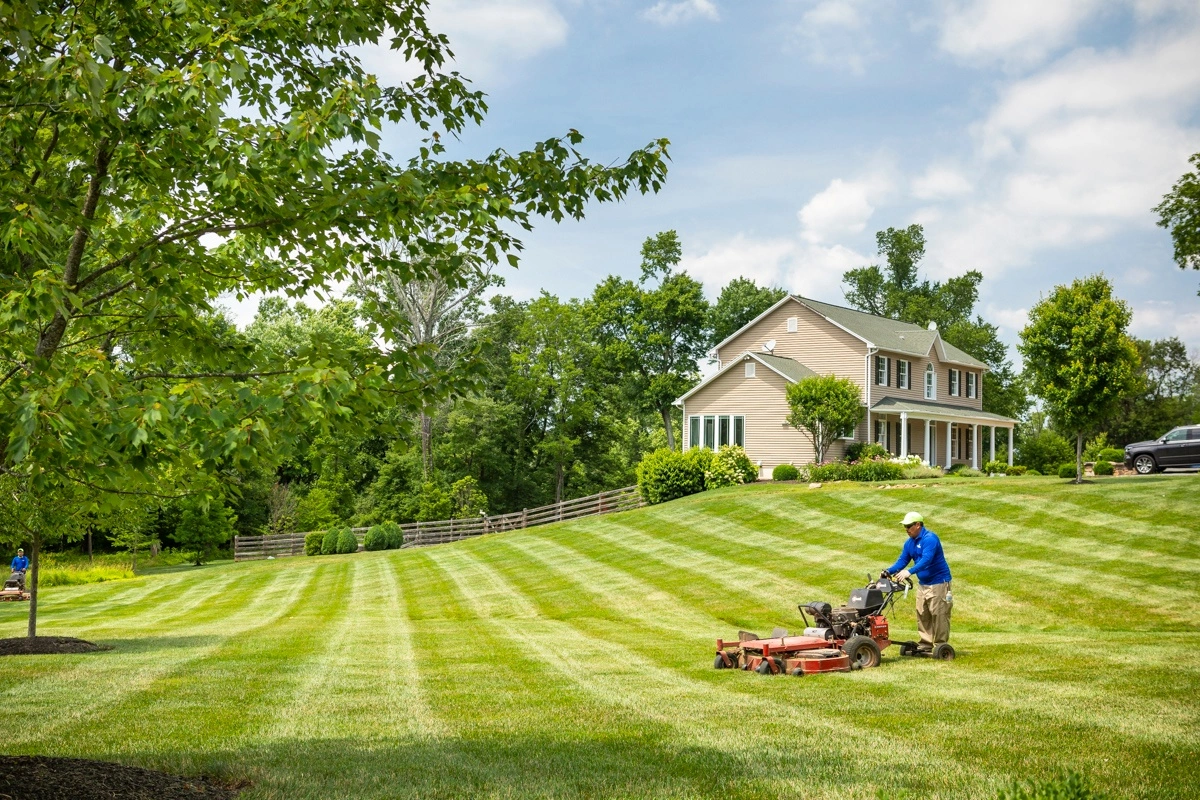
Improper mowing heights, for instance, can cause issues. Northern Virginia lawns are most comfortable at a 3.5-inch to 4-inch height, mowed weekly during the growing season when you aren’t removing more than one-third of the grass blade at any one time. On top of that, you need sharp mower blades; dull blades can tear versus cut the grass and cause some stress.
In addition to proper and precise mowing technique, watering properly is also crucial to lawn disease prevention. This is especially true when you are watering in excess. So watering too frequently, as well as watering at night when the water doesn’t have a chance to dry out before the evening, can all create those humid, wet conditions that diseases prefer.
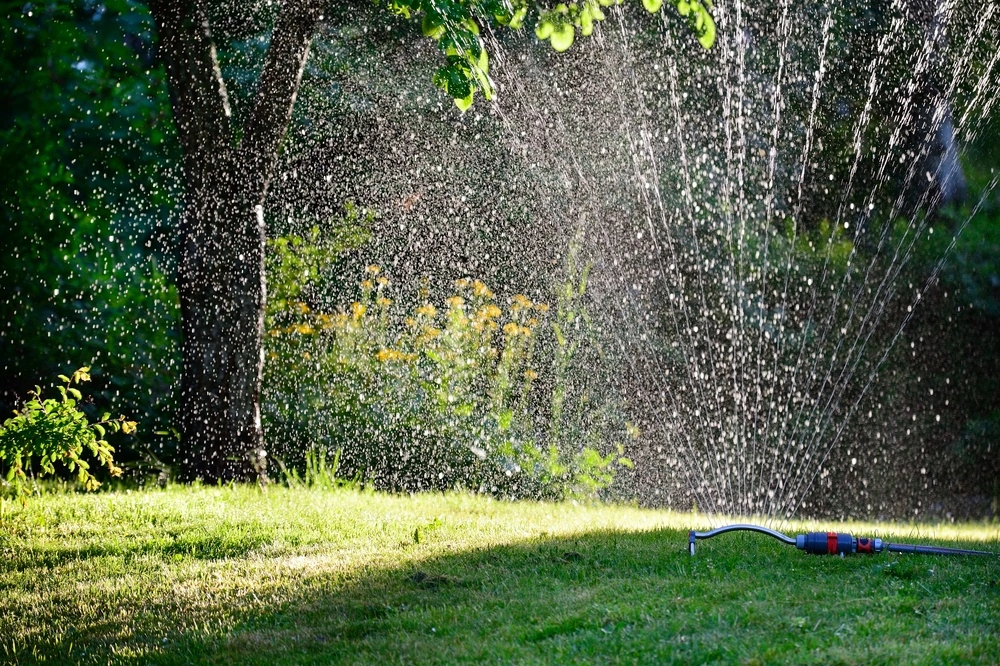
Lastly, improper fertilization can stress lawns out and bring out lurking diseases. Whether it’s over-fertilizing or under-fertilizing, you don’t want to fertilize incorrectly. A soil test can tell you a lot about your lawn and its current growing conditions so you can tailor your fertilization program to your lawn, accurately targeting its nutrient deficiencies and challenges.
Most of the things that can bring about disease are actually improper cultural practices. You’ll want to keep these up a part of your lawn disease control strategies to ensure you keep diseases from ruining your perfect lawn picture.
3 Common Lawn Diseases in Northern Virginia
What you want in a great lawn is thick, green grass that you can enjoy, admire, picnic on, and play on. There is nothing wrong with that.
Lawn diseases ruin that, unfortunately. But knowing which ones are the worst offenders in our area can help you better prepare your lawn to stand strong against disease.
Get to know these 3 common lawn diseases in Northern Virginia so you can better stop them in their tracks and get back to enjoying your time outside.
1. Dollar Spot Lawn Disease
Dollar spot in one of those common lawn diseases in Northern Virginia that impacts lawns quite regularly here.
This fungus appears as small straw-colored circles on tall fescue. Spots start out the size of silver dollars, hence the name “dollar spot.” These spots are roughly 2 to 6 inches in size and can be pretty unsightly. Once they multiply, you really start to hate the look of them.
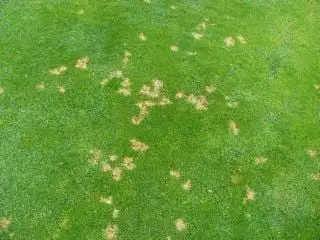
Dollar spot usually appears in late spring and can last through fall, causing the most damage in June and July. This disease particularly loves under-fertilized turf, as well as grass impacted by drought and compaction.
If you take care of your lawn with precisely programmed and properly applied fertilization, as well as annual aeration, overseeding, and topdressing services, you can keep dollar spot from taking over your lawn.
2. Brown Patch Lawn Disease
Once humidity and summer temperatures rise, another common lawn disease in Northern Virginia strikes: brown patch.
Just like its name implies, brown patch shows up in your lawn as circular patches that are yellowish-brown in color on some cool-season and warm-season grasses. Brown patch disease thrives in heat and humidity, particularly when nighttime temperatures remain consistently above 68 degrees Fahrenheit and daytime temperatures are at 85 degrees Fahrenheit or higher.
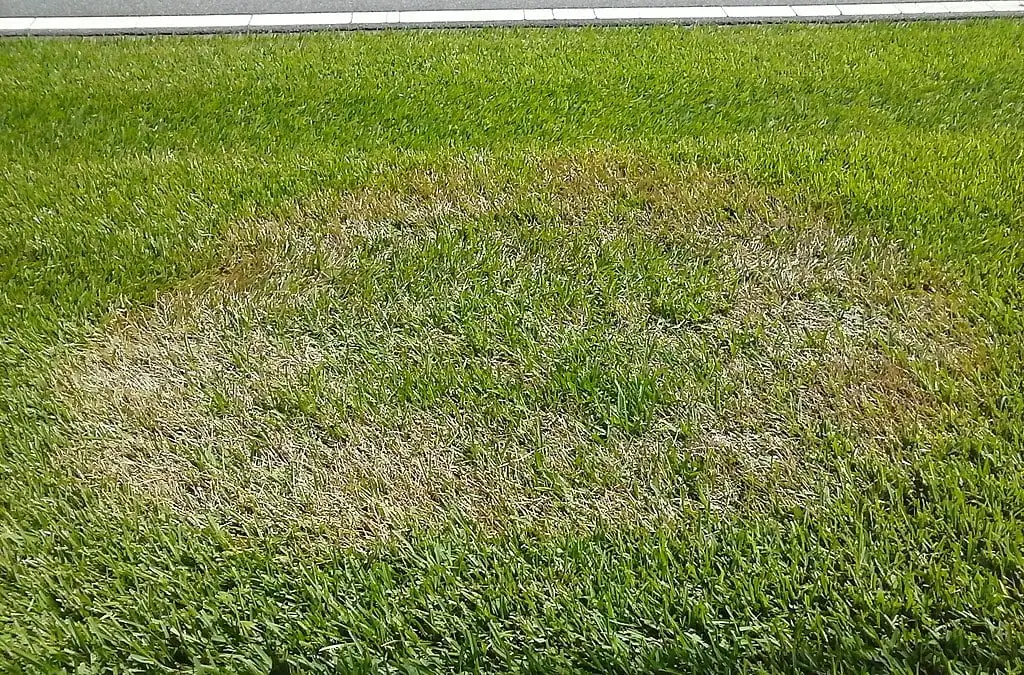
To combat this sneaky and sly lawn enemy, you have to keep proper fertilization high on your list of to-dos. Once rainfall resumes after hot, dry summers, brown patch disease usually begins to disappear, which is a relief to many Northern Virginia homeowners.
Overseeding your lawn in the fall, along with aeration beforehand and topdressing after, can help thicken up any thin areas in your grass, helping to further protect it from major disease problems down the road.
3. Red Thread Lawn Disease
If your lawn lacks proper fertilization and the nutrients it delivers, another common lawn disease in Northern Virginia that can take advantage of these conditions is red thread.
Cool, moist weather drives red thread’s wrath. When temperatures reach upwards of 59 degrees to approximately 77 degrees Fahrenheit and come with lots of excess rain, red thread likes to show its ugly strands. Usually this timing is concurrent with spring’s arrival.
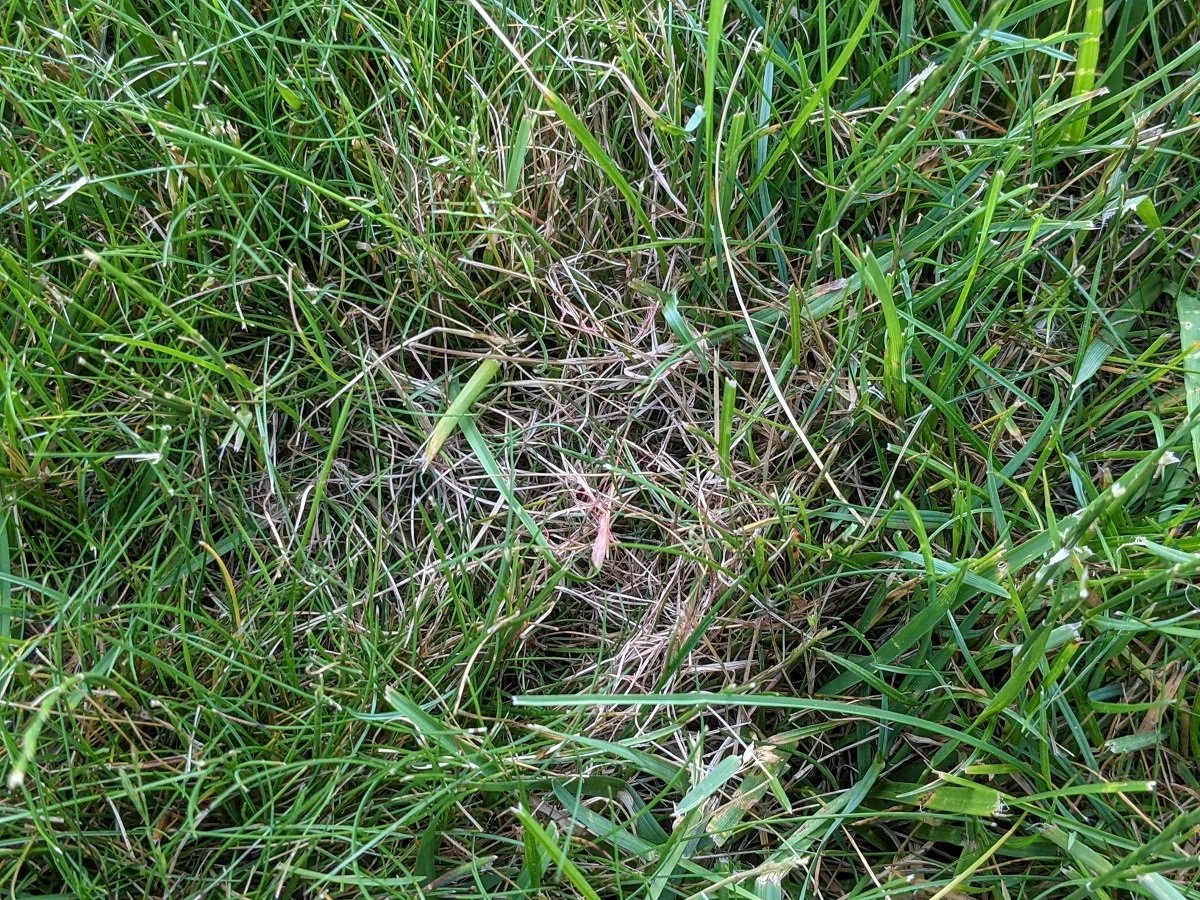
Red thread is actually caused by a fungus and attacks your lawn in two stages. Initially, red thread arrives in unsightly spots in your lawn that are actually inspired by its name: red, thin, almost needle-like strands that seem to extend from your grass blades. The fungus is actually growing from these red strands. That’s, in fact, how the disease continues to spread. Wind or equipment that runs over it can continue its movement across your lawn. That’s when you will start to see more visible pink-ish, cotton-like splotches that may first appear as yellow-ish or light green patches.
As with most lawn diseases, you have to start by managing the conditions that cause red thread. This disease likes lawns that lack nutrition. By providing your lawn with a regular, balanced nutrition program through fertilization, you increase its health and reduce the likelihood of disease severity. Sometimes this strategy on its own can put red thread in reverse and get you back the beautiful lawn you love.
Getting Rid of Lawn Disease in Your Northern Virginia Lawn
In addition to proper lawn care, including adequate fertilization; proper mowing; correct watering; and annual aeration, overseeding, and topdressing, your lawn disease problem may get out of hand to the point where it needs a bit of extra care to eliminate.
That’s when curative fungicide treatments come into play as a lawn disease control method, particularly for dollar spot and brown patch. When it comes to red thread, the best fix is usually a supplemental nitrogen application.
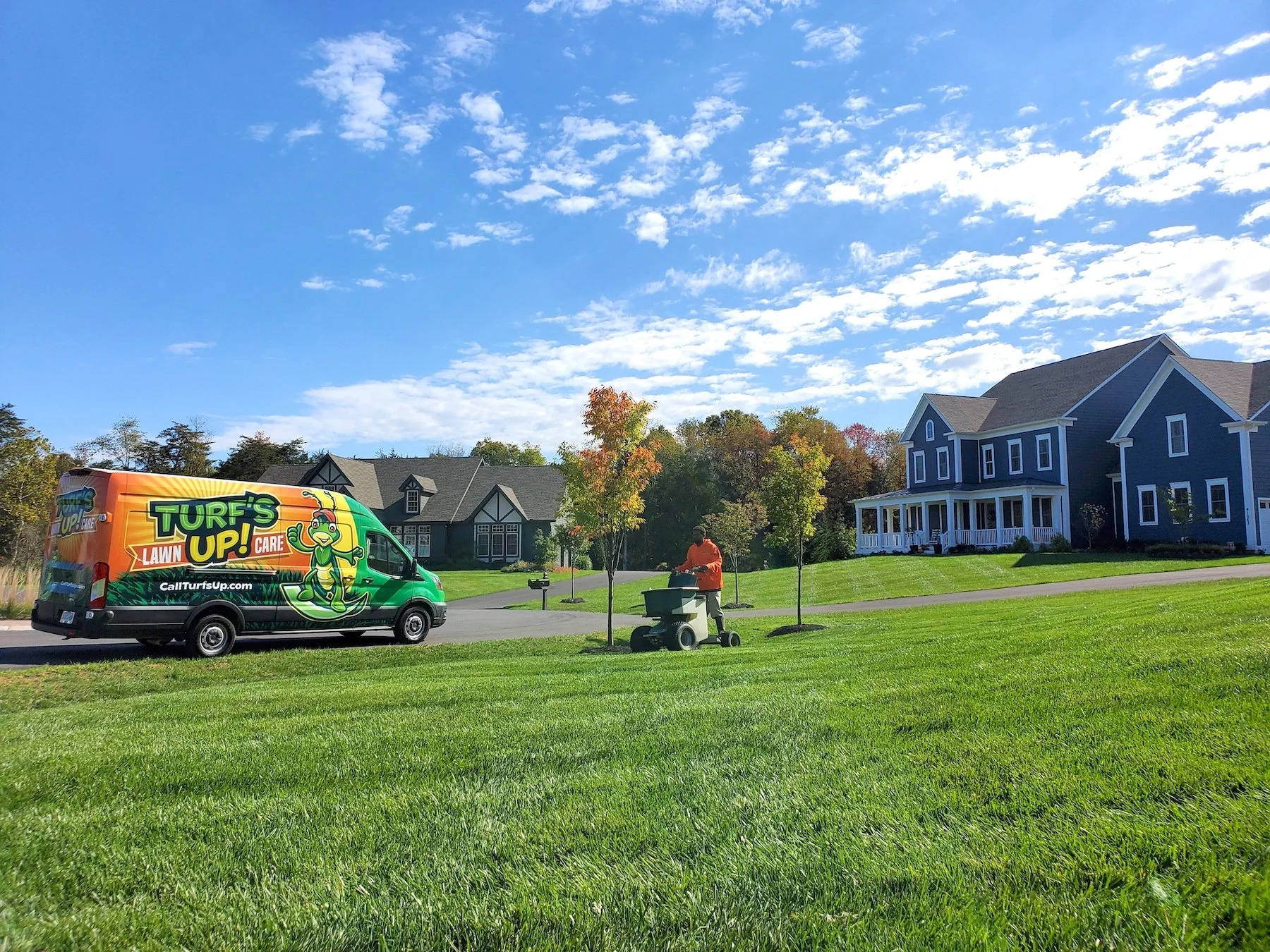
If your lawn care provider knows certain diseases are prevalent in your lawn, their experts can also try a preventive fungicide application as a part of your program.
With lawn disease being such a major concern in Northern Virginia, you want to make sure you work with a lawn care professional that understands, recognizes, and knows lawn diseases and the treatment options that work best to eliminate them.
Let Turf’s Up Help You Identify and Prevent Lawn Disease in Your Yard
Now that you know more about some of the most common lawn diseases in Northern Virginia, you might be able to identify those strange and unusual spots that show up in your lawn, as well as be able to talk intelligently to your lawn care provider about tips he or she can offer on how you can control lawn disease and prevent it in your yard.
In addition to boosting your overall lawn health with fertilization, aeration, overseeding, topdressing, proper watering, and mowing, you might still find you have some areas that are more disease-prone than others. Maybe they receive too much water and are stuck in shady, humid locations, for instance. This is totally normal. In fact, if you have places that tend to receive the right disease conditions frequently, your disease pressure will be higher.
Also, since Northern Virginia summers can get pretty warm and humid, a lot of lawns here experience some form of lawn disease.
If you notice splotches, blotches, or patches, remember to follow the right maintenance practices to improve your lawn’s overall condition. If you are still seeing spots after this, you might also want to consider lawn disease control – whether preventively or curatively.
Still confused about whether or not you have a lawn disease problem? Tired of seeing lots of irregular circular patterns in your lawn? Don’t let fungal infections spoil your summer fun in the sun. Give Turf’s Up a call. We can tell you what’s really going on in your lawn and offer some suggestions to get that green, thick grass back and kick disease to the curb.
Ready to learn why Turf’s Up could be your totally awesome choice for lawn care disease control services in Northern Virginia? We’re stoked to learn more about you and help you have the best lawn on the block. Get started today with a free quote. Together, we can prepare a customized plan that is perfect for you and your lawn.
Image Source: Dollar Spot, Brown Patch
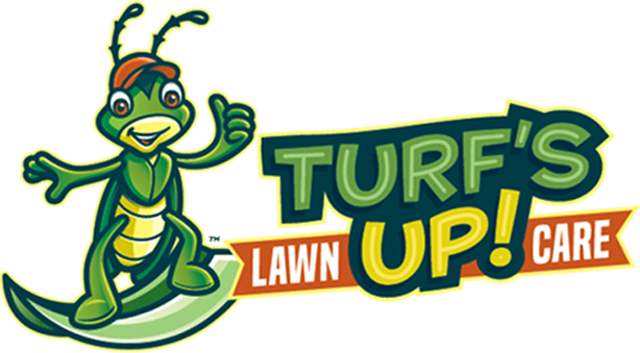
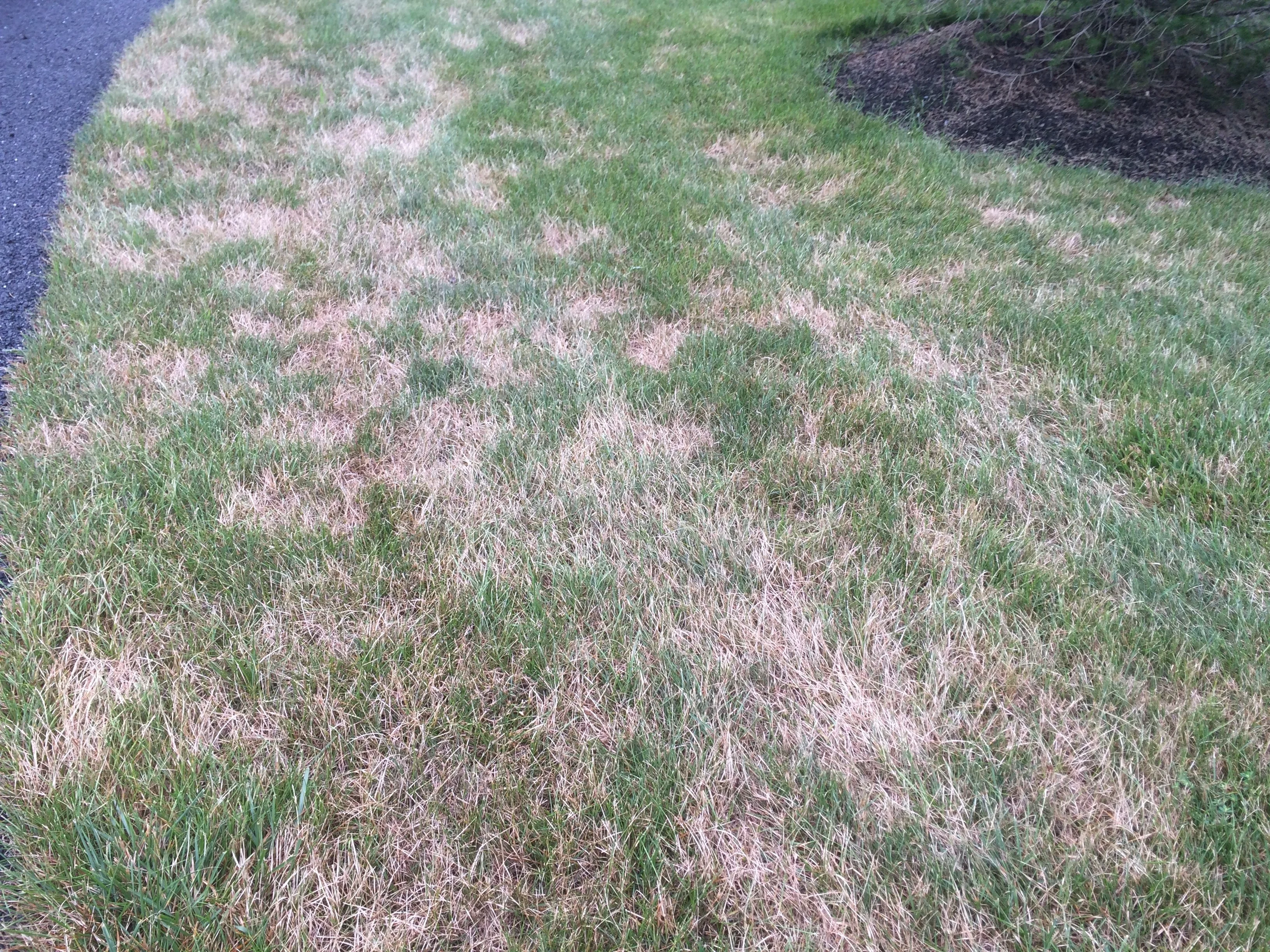




Comments (0)
Thanks for your comment!
Thanks for your feedback! Your comments have been successfully submitted! Please note, all comments require admin approval prior to display.
Error submitting comment!
There is a problem with your comment, please see below and try again.